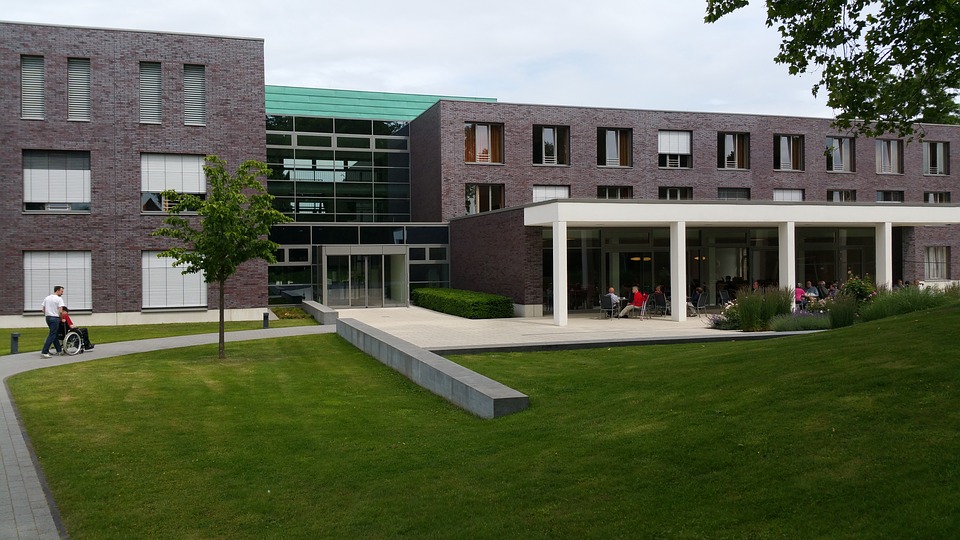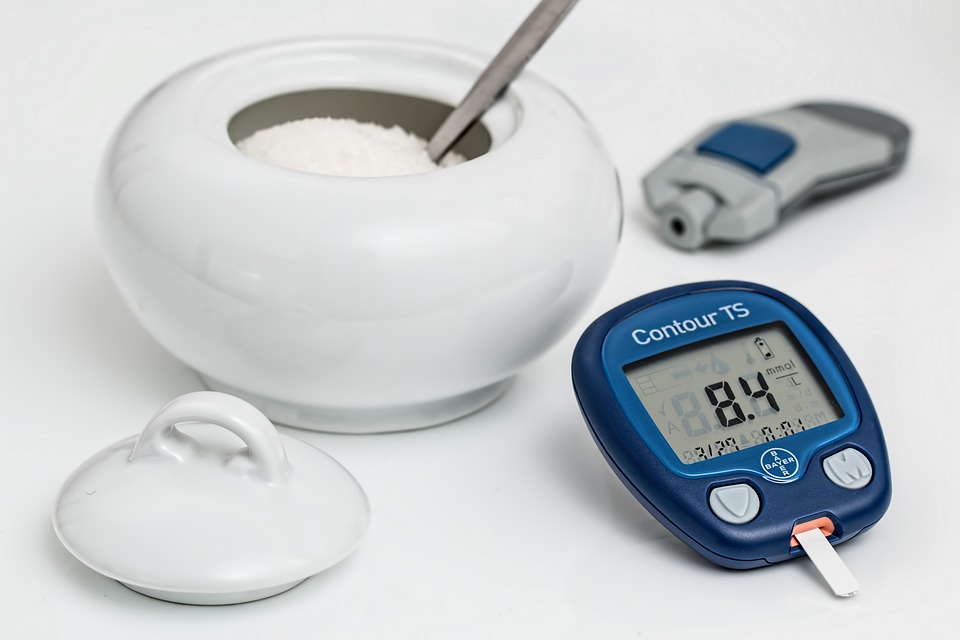The ADHD Brain – What’s Going On? What is going on in the brains of people who are diagnosed with ADHD? Is there really something happening inside the head of an ADHD sufferer? Research shows that there is actually quite a lot going on in the ADHD brain. (In this article, the acronym ADHD includes ADD as well.)
Areas of the Brain Affected by ADHD
Research shows that specific areas of the brain are affected by ADHD. The frontal lobes, cortex, limbic system, and reticular activating system are all involved.
- The frontal lobes are, as the name suggests, in the front of the brain behind the forehead. This area is instrumental in concentration, the ability to make sound decisions, learn, and remember.
The frontal lobe also helps you pay attention to a task and seeing it to completion. Further, normal frontal lobes play a role in situation-appropriate behavior and emotional impulse control. Research and imagery have shown that slow brain wave activity across the frontal lobes is correlative with ADHD symptoms and diagnosis.
- The cortex – or more specifically, the inhibitory mechanisms of the cortex – are sort of like the body’s impulse control center. A properly functioning cortex results in a “reining in” of hyperactivity and/or angry outbursts, for example. In ADHD, the inhibitory mechanisms of the cortex do not function properly, resulting in little or no impulse control in certain situations.
- The limbic system is deep in the center and at the base of the brain. It also acts as our “watchman,” alerting us to alarming or dangerous situations. If the limbic system is not functioning correctly, then normal emotional changes and energy levels may be affected, as well as sleep patterns and stress management. Those with malfunctioning limbic systems may be subject to emotional outbursts or be hypersensitive to their surroundings.
- Located at the back of the head in the brain stem, the reticular activating system (RAS) is said to control waking and sleeping patterns, and plays a role in the ability to concentrate and focus attention. In the ADHD brain, aspects of the RAS may not be functioning normally.
It may seem ironic that stimulants are prescribed to treat ADHD. To observe the behavior of someone (particularly a child) who has ADHD, you might think that they need something to sedate them. But as noted above, slow brain wave activity in these key areas seems to be connected to ADHD symptoms, so increasing the brain’s activity via stimulants makes sense.













